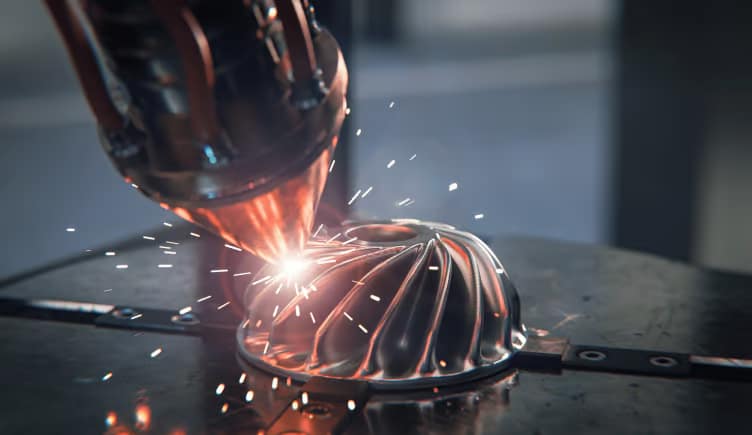Qu'est-ce que Fabrication additive?
In today’s fast-evolving industrial landscape, fabrication additive is transforming how we approach design, prototyping, and production. Also known as 3D printing, this groundbreaking technology involves building objects layer by layer from digital designs. Unlike traditional manufacturing methods that remove material from a solid block, fabrication additive adds material precisely where it’s needed, minimizing waste and maximizing efficiency.
The Advantages of Additive Manufacturing in Industrial Models
- Les géométries complexes en toute simplicité
One of the most significant benefits of fabrication additive is the ability to create intricate designs that would be impossible or too costly with conventional methods. - Prototypage rapide
With fabrication additive, companies can swiftly produce prototypes, test them, and refine designs, drastically cutting down development time. - Cost Efficiency
Reducing material waste and eliminating the need for expensive tooling makes this technology a cost-effective solution for low-volume production. - Customization Opportunities
This method allows manufacturers to produce customized parts tailored to specific client requirements, a major advantage for specialized industries.
Applications of Additive Manufacturing in Industrial Settings
- Aérospatiale: Lightweight components with complex geometries improve fuel efficiency.
- Automobile: Rapid prototyping accelerates vehicle design and testing.
- Healthcare: Custom prosthetics and implants tailored to patient needs.
- Consumer Goods: Unique product designs and small-batch productions.
Challenges of Additive Manufacturing
Despite its benefits, fabrication additive faces challenges:
- Material Limitations: Not all materials are suitable for 3D printing.
- Production Speed: Slower than traditional mass-production methods.
- Post-Processing: Often requires additional finishing steps for high-quality results.

The Future of Additive Manufacturing
As technology evolves, we can expect improvements in speed, material options, and precision. The potential for fabrication additive to revolutionize industries, reduce waste, and enable on-demand production positions it as a vital part of the future manufacturing ecosystem.